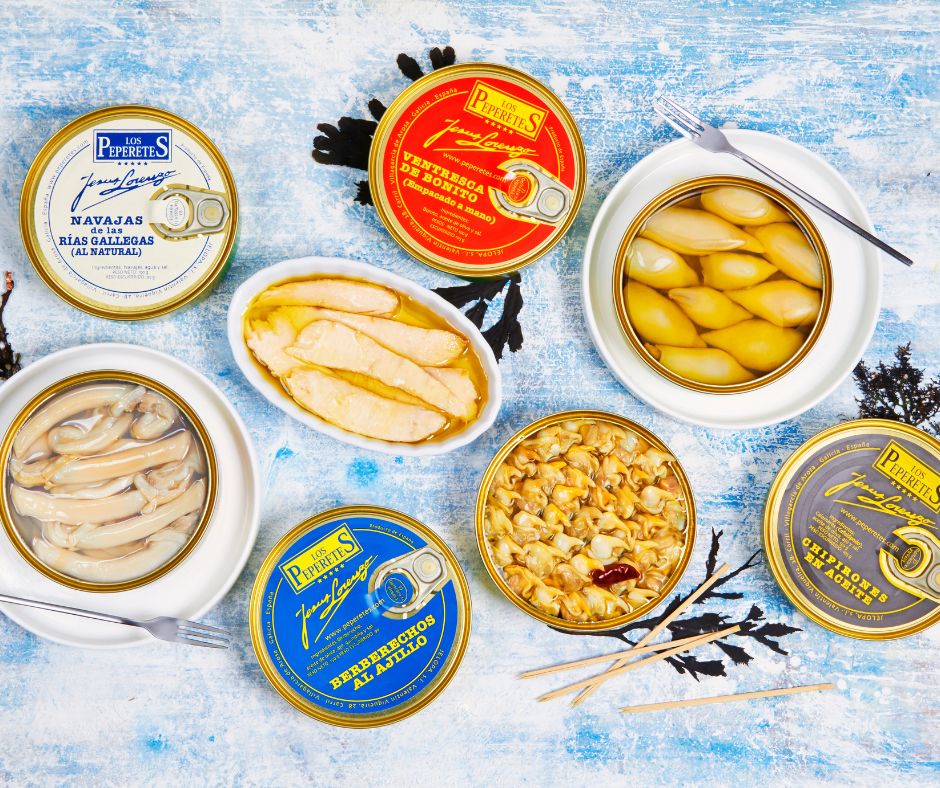Any tapas crawl in Spain should feature some plates of anchos (anchovies) and boquerones. Both are small tasty fish and many wonder, what is the difference between the two?
Surprisingly anchovies and boquerones are derived from the same fish, but offer distinct tastes and textures due to their different preservation methods.
While often confused or used interchangeably in casual conversations, the difference is important when hosting any tapas or wine night. Keep reading to learn more about these tasty fish and order an imported tin of canned seafood from Le Gourmet Central to try for yourself.
The Fish
Both anchovies and boquerones come from the same small forage fish, typically from the species Engraulis encrasicolus, commonly known as the European anchovy.
These small, silver-colored fish are abundant in the Mediterranean and Atlantic waters, where they have been harvested and preserved for centuries. The difference between anchovies and boquerones lies not in the species but in how they are treated post-catch.
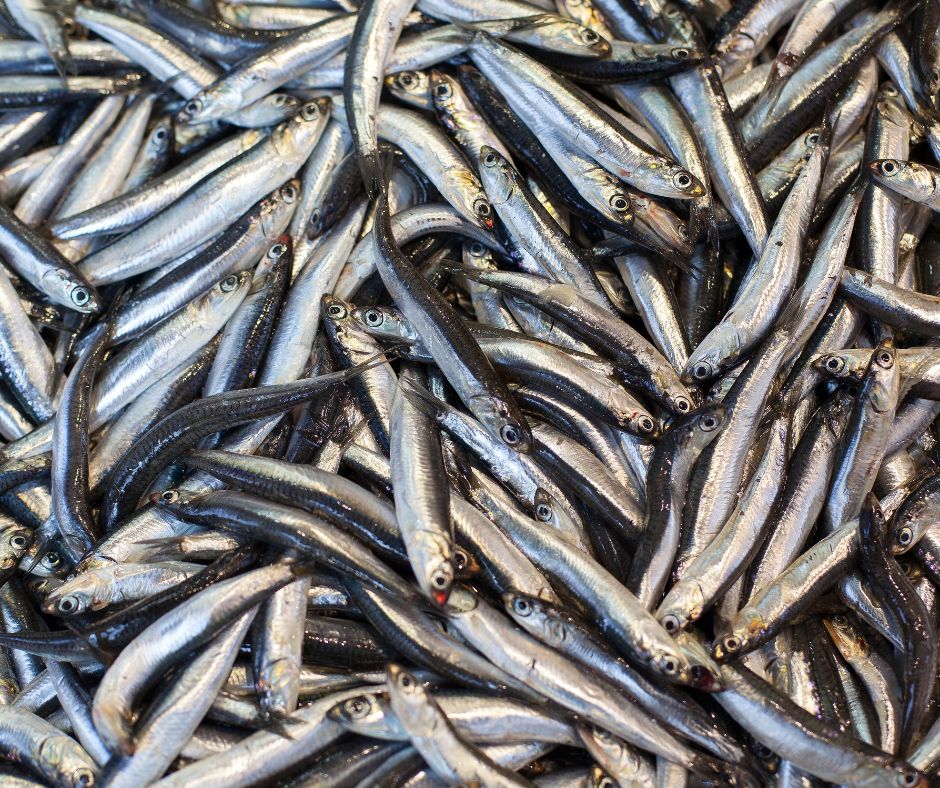
Anchovies: Salt-Cured Tradition
The best anchovies are captured in Northern Spain’s Cantabrian Sea and are salt-cured for an average of six months. This preservation method dates back to ancient times when salting was one of the primary ways to extend the shelf life of perishable foods.
After the fish are caught, they are quickly cleaned and beheaded before being layered in barrels with copious amounts of salt to cure.
During the curing process, the salt draws out moisture from the fish, concentrating the flavor and giving anchovies their characteristic briny, pungent taste. The flesh of the anchovy becomes firm, dense, with a pink hue.
After curing, the fish are often packed in oil or vinegar, further enhancing their umami-rich flavor profile.
You only need a little bit of anchovy to pack a punch of intense flavor. They are typically used in small quantities to add depth to dishes. Add them as a topping to pizzas, pasta sauces, and grind them into dressings for Caesar salads.
We recommend these Anchovy Fillets in Extra Virgin Olive Oil by El Capricho. Captured in the waters off the North of Spain, this award-winning tin is packed and filleted by a skilled team.
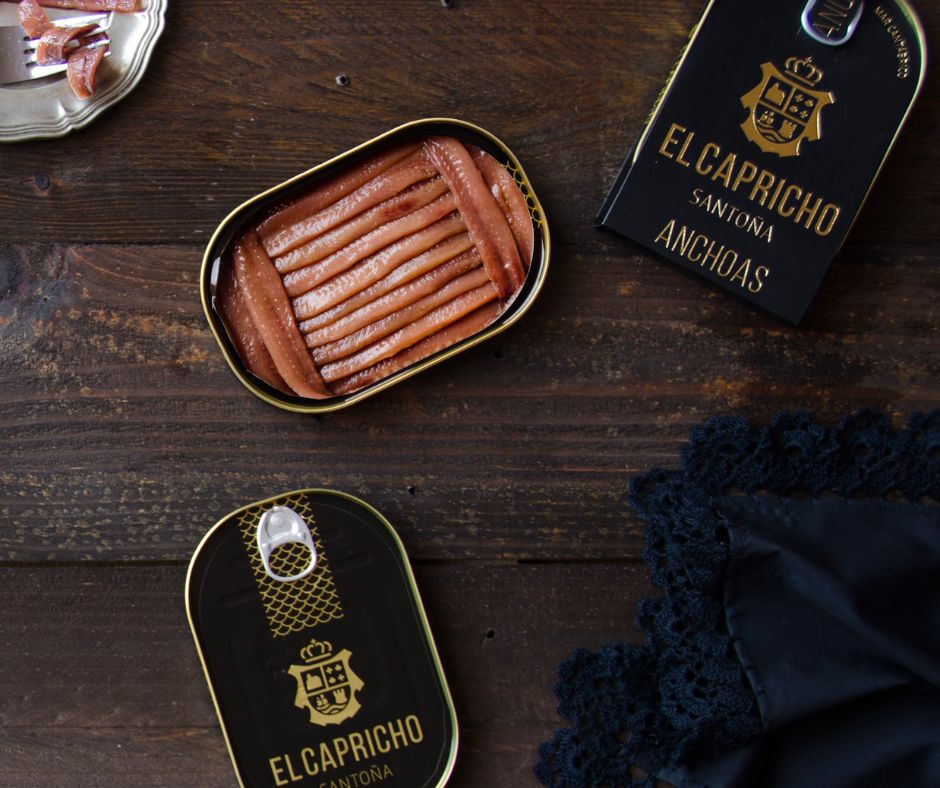
Boquerones: A Delicate Alternative
Boquerones, on the other hand, represent a fresher, lighter alternative to the traditional salt-cured anchovy.
Originating in Spain, boquerones are prepared using a different preservation method known as marination. Once the fish are cleaned, they are soaked in a solution of vinegar, water, and salt, which lightly pickles the fish rather than curing it. This process is much shorter than the salt-curing method, usually taking just a few hours to a day.
The vinegar bath not only preserves the fish but also changes its color, turning the flesh a pearly white while maintaining a tender and soft texture.
The flavor of boquerones is milder, fresher, and tangier, with a slight acidity from the vinegar.
Boquerones are typically served alone as a tapa in Spain. They are accompanied by quality olive oil, garlic, and parsley. Tear off a piece of crusty bread to capture all the last bits of the tasty oil.
Sometimes boquerones are placed on top of potato chips to add a crunch and salt to your snack- the perfect accompaniment to a crisp white wine or ice cold lager.
We recommend the White Cantabrian Anchovies Marinated in Vermouth Vinegar by the artisans at Don Bocarte. Wild caught and packed by hand, they have a touch of sweetness.
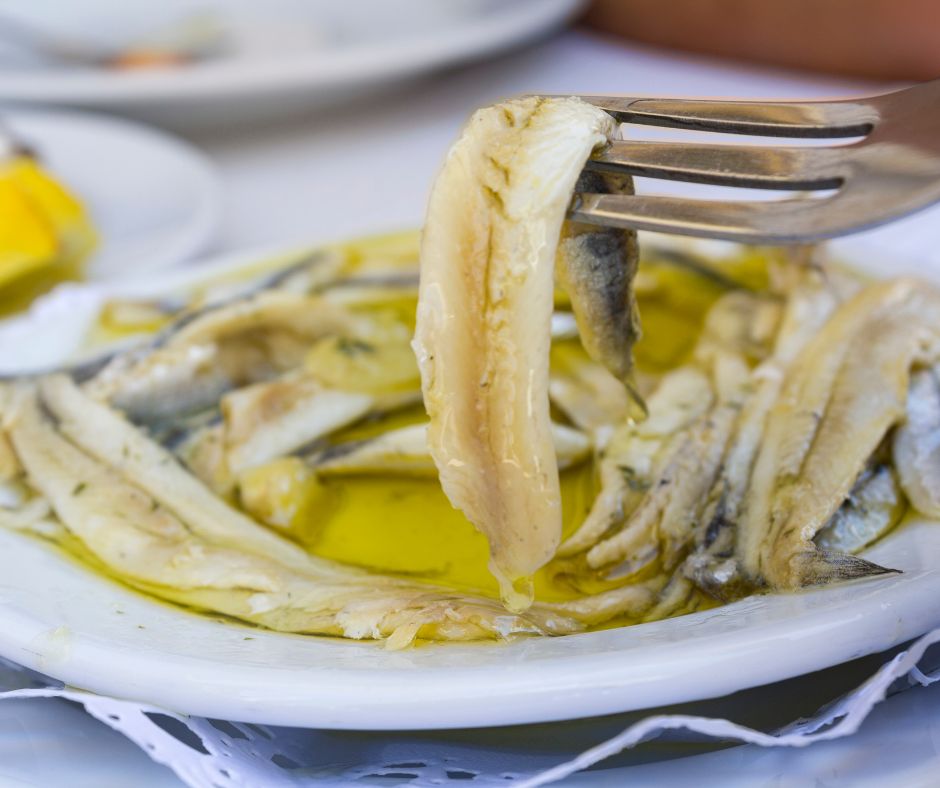
Popular Tapas
Preserved fish isn’t a fad in Spain, it’s been a mainstay of their gastronomy for generations. Perfected over the years, it’s the place to go for seafood tapas.
Gilda:
Anchovies, with their intense umami, are used sparingly to add depth and complexity to tapas, like the famous Basque pintxo Gilda. Pintxos are the Basque word for tapas, named for the spear, or toothpick, they are served with.
To make your own Gilda, simply grab a toothpick or cocktail stick and skewer a well-oiled Manzanilla olive, an anchovy filet, and a pickled Guindilla pepper. Finish it off in one bite for a symphony of different flavors and textures.
It’s a no-fuss bar snack, so use the best quality anchovies you can find since they are the star of the show. They take almost no time to make for your guests but will be sure to impress!

Boquerones En Vinagre:
A common addition to a Spanish menu, Boquerones en vinagre are boquerones enjoyed as they are. They are displayed on a plate to enjoy with accompaniments like bread, crackers, roasted red peppers, and mild Spanish cheeses.
Boquerones Fritos:
For a bit of a crunch, order the delicious Boquerones Fritos. The lightly pickled fish is breaded and fried with its whole body, bones and all. Served hot with some salt and a wedge of lemon, they’re one of the best tapas to share with a table.
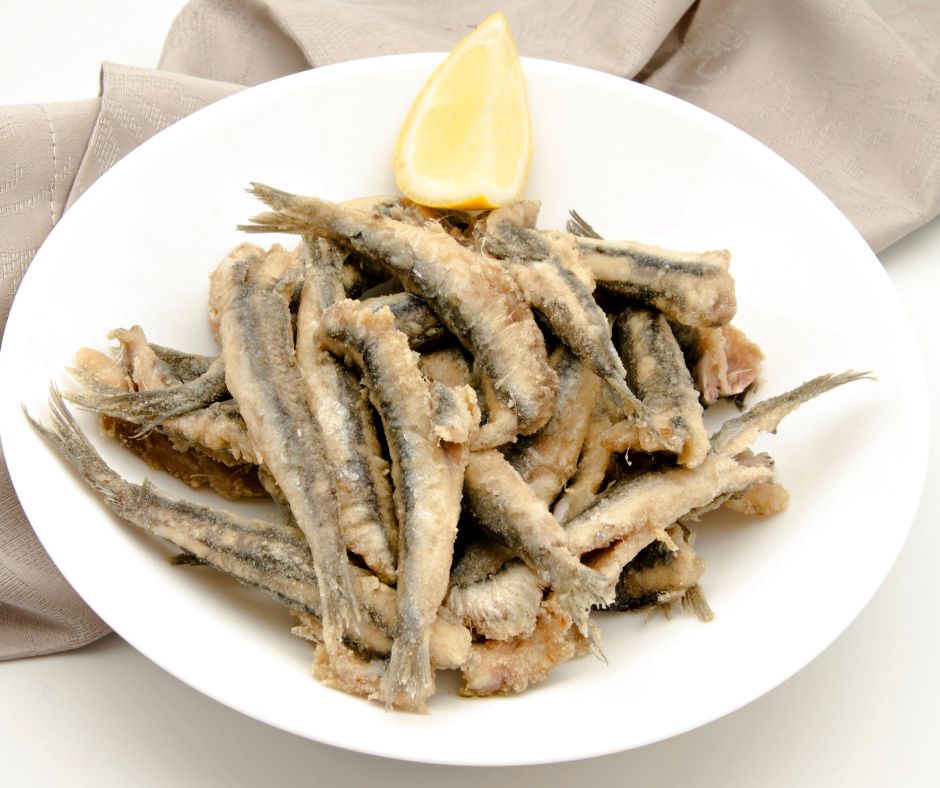
Nutritional Aspects
Both anchovies and boquerones are nutritious, offering high levels of omega-3 fatty acids, protein, and essential vitamins and minerals.
However, due to the salt-curing process, anchovies are significantly higher in sodium compared to boquerones. This difference may make boquerones a preferable choice for those watching their sodium intake.
Want to try them all and discover your favorite? Head to the Le Gourmet Central collection of tinned seafood to add some Spanish flavor to your kitchen.
